South Goodwin Lightship Disaster, 26/27th November 1954
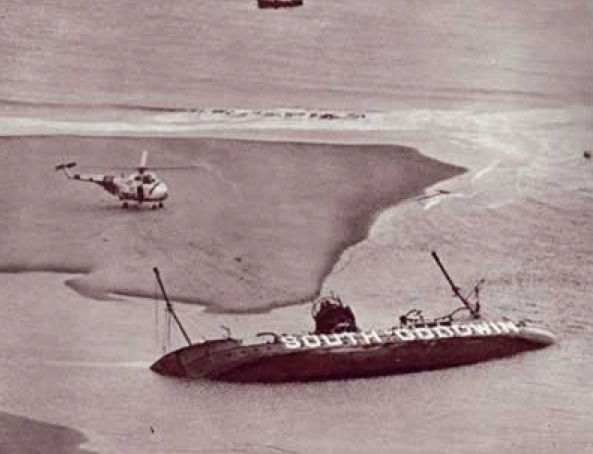
At low tide a U.S. Air Force helicopter was able to land on the sand bar and deliver rescue equipment to the Royal Navy frogmen. However, the bodies of the crew had all been swept to sea. Image courtesy of Lighthouse Digest.
On the night of the 26/27th November 1954, the South Goodwin Lightship’s anchor chains failed during a hurricane force 12 storm between midnight and 0100hrs. Ashore the Ramsgate and Deal coastguards were concerned, but visibility was poor. At about 0115hrs the East Goodwin Light Vessel watching in horror, saw its sister ship sweep past six miles north of the station. The crew had been mustered in the galley.
Shortly afterwards lightship hit the Goodwin Sands and collapsed onto her starboard side, trapping the crew beneath the galley door now under water.
Seven lives were lost but one, Ronald Murton who managed to scramble through a skylight, was saved by a USAF SH-19 (S-55) rescue helicopter from the 66th Air Sea Rescue Squadron at Manston. With lifeboats from Dover and Ramsgate unable to get close to the ship, the helicopter crew managed to snatch Murton from the hull on a second sortie at 0900hrs, for which they received bravery awards. The pilot managed to take the helicopter down to 30 feet despite the wreckage and spray.
The extreme weather lasted another day so it wasn’t until the 28th November that divers could get onboard but there was no trace found of the remaining crew.
Lightship Tragedy by Timothy Harrison
Reproduced here, courtesy of Lighthouse Digest with their permission.
Being a crewman stationed on a lightship was considered the most dangerous duty by nearly every lighthouse organization in the world. This was because, regardless of the weather, a lightship was not allowed to leave its station. It was assigned a particular location because it was with too dangerous or impractical to build a lighthouse at the site.
Lightship disasters were not uncommon. The Nantucket Lightship LV117 was rammed by the RMS Olympic in 1934 and sank with the loss of some of its crew. A hurricane in September of 1944 sank the Vineyard Lightship with the loss of its entire crew near Cuttyhunk, Massachusetts. Although it was not the weather that caused the demise of the Diamond Shoals Lightship in 1918 off Cape Hatteras, North Carolina; instead it was a German U-Boat that was the culprit.
But, generally speaking, it was the weather that was the biggest threat to lightships and their crews. Such was the case on the night of November 26-27, 1954 when tragedy struck Trinity House’s South Goodwin Lightship just north of the narrowest point of the Straits of Dover in England.
The entire crew of the South Goodwin Lightship lost their lives that night. Amazingly, the one person who miraculously survived by God’s will, was not a member of the crew.
Ronald Murton, a 22 year old employee of the British Ministry of Agriculture, had been assigned to the South Goodwin to study bird migration. Having been living onboard for a month, he had become friends with the crew and was by then acquainted with the dangerous life onboard the vessel. But he could never imagined what would happen in those final fateful moments.
Murton recalled, “I was in my bunk with just my pajamas on, but the gale got so fierce I could not sleep. I put a wool cardigan over my pajamas, slipped on a greatcoat and went up to the bridge.”
Murton said it was close to midnight and upon arriving at the bridge he saw the captain and several crew members trying to take bearings to see if the ship was still on its moorings, but they soon concluded that the ship was drifting and rolling aimlessly in the gale. Murton then went down to the crew quarters and shouted to them to get alert, that they were in trouble.
Murton, along with five crewmen and the captain made their way to the ship’s galley. The captain shouted that he was going to the radio room to call for help. But as the captain turned to leave through the hatchway, the ship lurched violently, shuttered and without warning turned over on her side.
Murton recalled the events, “The sea burst in through the hatch of the galley which was now upright, and swept me onto the stove. Fortunately, the sea had put out the fire.”
“I struggled in the swirling foaming water. Then with the sea filling the galley I took a chance and dived through the hatch. I just managed to grab the outside of it and pull myself through.
“That must have been around 1:30 am. I climbed to the side of the ship amidships. Seas were coming over me and it was as much as I could to hold on to the rail.
“All through the night with the icy wind howling and the sea bursting over me, I hung on.” And for the next eight hours he hung on to the rail, all the time wondering when his body, exposed to the full force of the bitter cold elements, would give out and he would slip away, into death.
In the meantime the crew of the nearby North Goodwin Lightship had seen the light disappear on the South Goodwin Lightship and had placed a radio call for help. The Royal Life Boat Service launched several life boats but because of high seas they were forced to turn back.
While Murton was clinging to the rail for his life he said that even over the howling wind he could hear a tapping sound coming from within the ship. He assumed that it was members of crew signalling from within an airtight compartment for help.
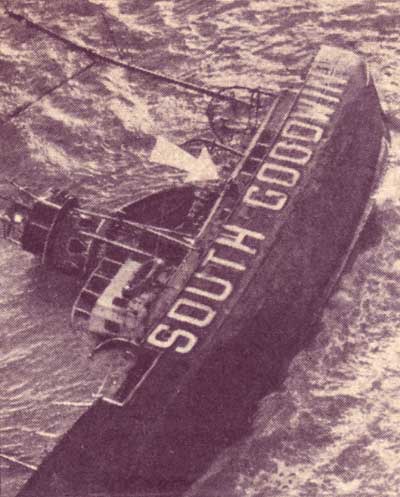
Wrecked on the Goodwin Sands, the South Goodwin Lightship lays on her side. By this time the waves had subsided, but the air was still filled with an icy howling wind. Look closely and you will see the lone survivor, Ronald Murton, standing on the side of the ship awaiting rescue. Image courtesy of Lighthouse Digest.
Going into his ninth hour of clinging to the ship and just as he felt he could hang on no longer he heard an airplane and saw it circle overhead. Wrapping one arm around the rail, he signalled with the other arm, hoping that they would see him.
A few minutes later a United States Air Force search and rescue helicopter, from Manston Air Force Base, flying in high winds, arrived on the scene. The helicopter hovered overhead and dropped a life-line to Murton. He thrust his body into the noose and was hauled up to safety. He had been saved.
Finally, on November 28, the Trinity House lighthouse tender Patricia was able to reach the scene with frogmen from the RMS Romola. The U.S. Air Force helicopter returned, and at a low tide was able to land on the sand bar and deliver oxy-acetylene burners and other cutting equipment. The frogmen searched the vessel but could not find any survivors or bodies. Apparently the sea had carried them all away. No bodies were ever found.
Ronald Murton had survived the worst storm in two centuries and the crew of the helicopter was awarded medals for bravery. However, proving once again just how dangerous lightship duty was, the seven members of the crew paid with the ultimate sacrifice.
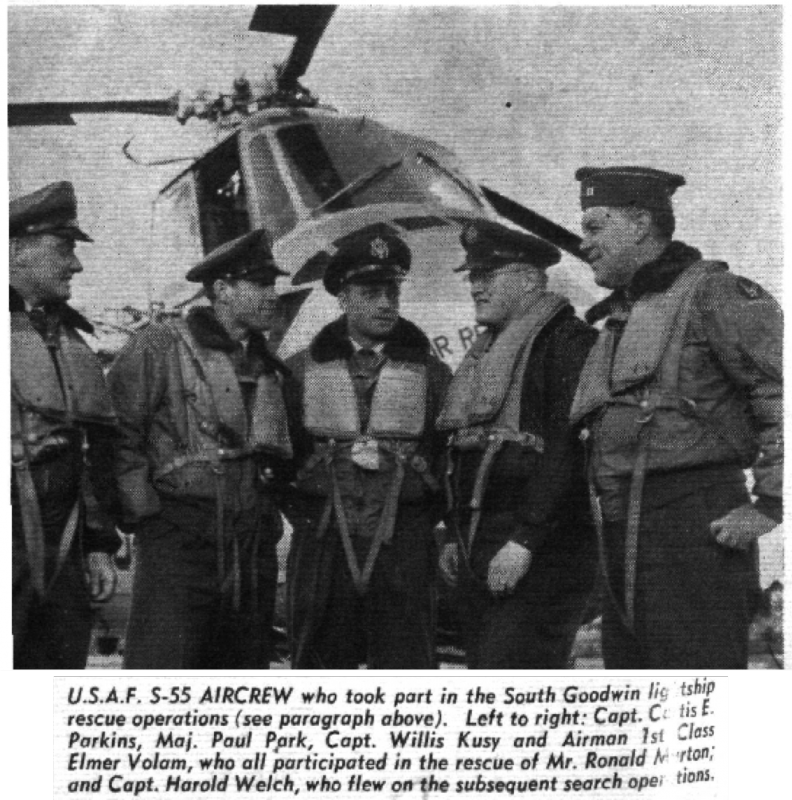
The RNLI awarded a silver medal to Captain Curtis Parkins, the first ever medal awarded to an airman. It was also the first service given by a helicopter when lifeboats, although present were unable to render the necessary help.
First published: 27th November 2016.
Last Updated: .



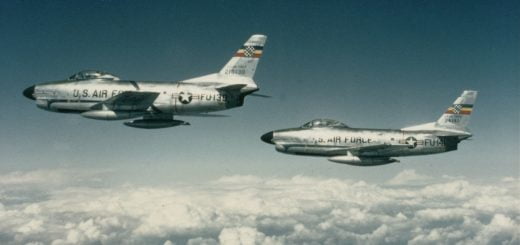
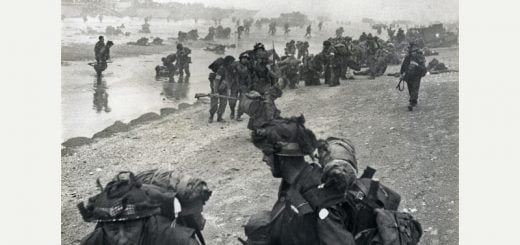







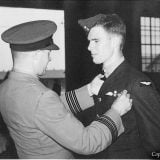
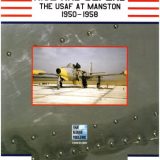
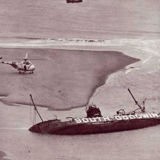
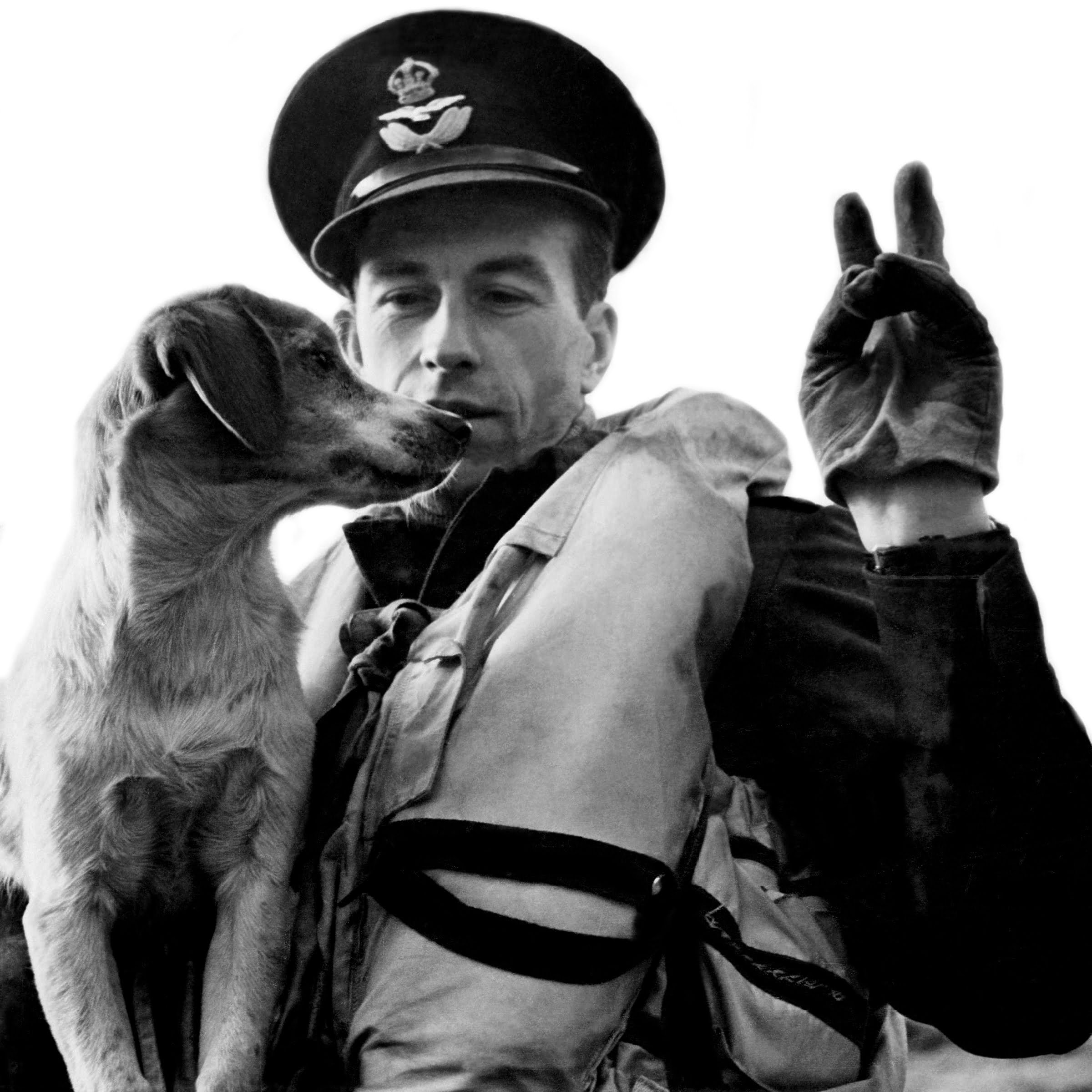
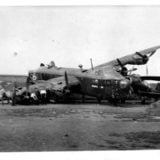
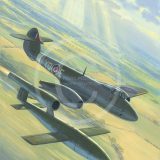
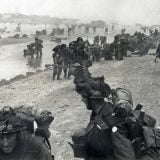
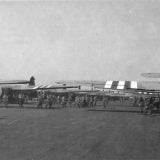

I WAS STATION AT MANSTON AT THAT TIME . I WAS SENT TO GERMANY TO SCHOOL FOR TRAINING. I WAS A RADIO OPERATOR ON THE SA 16.
I was a aircraft mechanic and worked on the SA 16 at that time. I remember that well. I had a news article form a U.K newspaper
My grandfather (Bill Miller) was one of the two lightship masters of the South Goodwin back in 1954. He took a reserve lightship (he told me that it was an old-fashioned wooden vessel) out to replace the stricken one. I remember him telling me that “the only man who survived was a bird watcher”. He wasn’t the most talkative of men, but I still remember long and harrowing tales of that event. Thank you for remembering it.
I was only 9 but I do rennet the tragedy.
I was eight years old and remember walking along the beach at Kingsdown several days after and picking up tins of biscuits, these were emergency rations for the crew.
This report has not named the deceased but one of them was Mr Cox (first name not known) who was a near neighbour at Gorleston, Norfolk. I was aged 11 and remember the incident very well. He was married with two daughters about my age. I remember him as a friendly, jovial chap with an amazing two-tier garden. Just before the accident the family moved elsewhere in Gorleston and we lost touch. Years later the person who occupied his former home showed me where he had written the names of his daughters in the cement in his garden. Probably still there.
Last night was 25 November 2020. By complete coincidence I was reading Moonraker, a gift from my brother. “The South Goodwin Lightship could just be seen, a dim red barque married for ever to the same compass point … A secure life, Bond decided, although anchored to the gates of a graveyard.” Ian Fleming added the footnote “Bond was wrong: Friday, November 26th, 1954. R.I.P.”
Yes, may the seven crew and the survivor Rest In Peace.
It’s a shame the crew weren’t named in this article.
My Grand father, Tom Porter, was a member of the crew and was drowned in the tragedy. He had formerly served in battleships and was at Jutland.